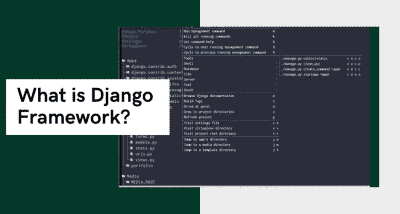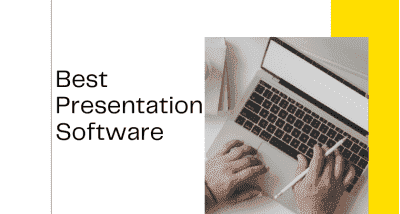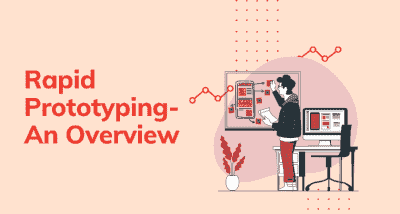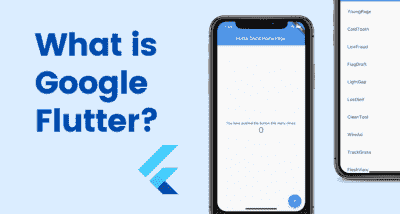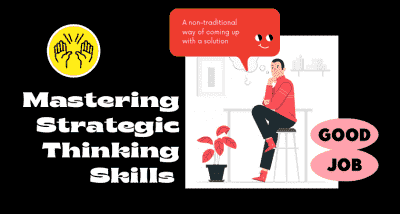Rapid Prototyping- An Overview
- Amruta Bhaskar
- Jul 7, 2021
- 0 Bemerkungen)
- 4375 Ansichten

Rapid prototyping is the fast fabrication of a physical part, model or assembly using 3D computer-aided design (CAD). The creation of the part, model or assembly is usually completed using additive manufacturing, or more commonly known as 3D printing.
Rapid prototyping using selective laser melting. Where the design closely matches the proposed finished product it is said to be a high fidelity prototype, as opposed to a low fidelity prototype, where there is a marked difference between the prototype and the final product.
Rapid prototyping (RP) includes a variety of manufacturing technologies, although most utilize layered additive manufacturing. However, other technologies used for RP include high-speed machining, casting, moulding and extruding.
In an engineering product design context, a prototype is a preliminary version of the end-product and used to evaluate the design, test the technology or analyze the working principle which in turn, provides product specifications for a real working system.
Prototypes are an integral part of engineering product design and more importantly in an overall new product development process. Rapid prototyping can be used at any stage of the product development cycle or for any component or sub-component and can be repeated numerous times along the new product design process.
Although the term prototype is used in other contexts such as software programming, semantics, and application development etc., the purpose is the same.
While additive manufacturing is the most common rapid prototyping process, other more conventional processes can also be used to create prototypes.
These processes include:
- Subtractive - whereby a block of material is carved to produce the desired shape using milling, grinding or turning.
- Compressive - whereby a semi-solid or liquid material is forced into the desired shape before being solidified, such as with casting, compressive sintering or moulding.
Why is rapid prototyping important?
In this fast-moving modern-day consumer market, companies need to develop and introduce new products faster to remain competitive. Since faster product development and technology innovation are key to a company’s success, rapid prototyping becomes the most important element of new product development. The following objectives are achieved through rapid prototyping.
- Faster new product development – Prototyping plays a vital role in the process of creating successful products because it speeds up the new product development process
- Early-stage design/concept validation of form, fit, and function of the design
- Final stage product verification against the technical requirement and business objectives
- It allows functionality testing to test the objectives of the concept and to finalize the specification
- Prototype gives the end-user, client, customer, user participant’s hands-on user experience to get feedback
Types of rapid prototyping techniques
Choosing the right rapid prototyping technology is critical to the success of a prototype. Each rapid prototyping technique has its own compromise in terms of cost, speed, material compatibility of the feature, fidelity level and development stage.
Rapid prototyping doesn’t need to be limited to one process, one can use more than one manufacturing techniques to assemble a prototype.
Following are the types of rapid prototyping technology available for engineering product designers:
- Additive manufacturing
- Stereolithography (SLA)
- Selective laser sintering (SLS)
- Direct metal laser sintering(DMLS)
- Fused Deposition Modelling (FDM)
- Binder jetting
- Poly jetting
- CNC Machining Prototyping
- Vacuum casting
- Investment casting
The list of advantages of rapid prototyping is endless. RP enables a product designer, engineers, and product development teams to see a more complete view of how their product will appear or work in the beginning of the design and manufacturing process. This enables alterations or improvements to be made in the early stages of the process, saving a designer time and money. The length of time RP takes can range from a couple of days to months and it is largely dependent on the additive manufacturing technique used.
Two other major advantages to RP are cost-effectiveness and precision. RP is an extremely affordable way to prototype products because it is an automated process that does not require a lot of people to operate. It is also cost-effective because RP can act fast and solve any problems in order to lessen the risk of costly errors while in the manufacturing stage. RP is a tremendously precise technique because of its ability to be used with computer-aided designs (CAD). This enables it to lessen the amount of material that is wasted and there is no need for specialized tools in order to prototype each specific product.
RP enables designers to show their unique ideas to board members, clients, and investors in a way that allows them to comprehend and approve of the product. Customers and clients are able to provide designers with more accurate feedback because they are able to see what the product will actually look like, based on the physical product they can see and touch, rather than something they have to imagine or visually observe in a 2D drawing.
Lastly, the RP process gets rid of the need for customized products to be created from scratch. It is an interactive process that enables its customers’ needs to be integrated into designs through affordable means. This process enables RP to provide greater choice and flexibility for customers.




